Hyundai Accent (HC): Emission Control System / Evaporative Emission Control System
Contents:
Schematic Diagrams

Repair procedures
1.Select "Evap. Leakage Test".
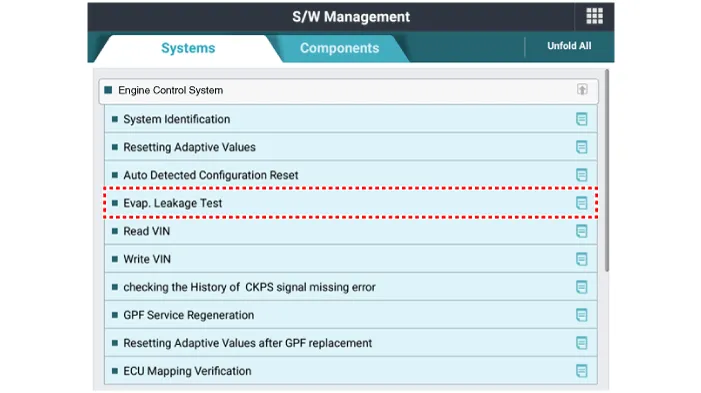
2.The test shall be conducted in accordance with GDS instructions.
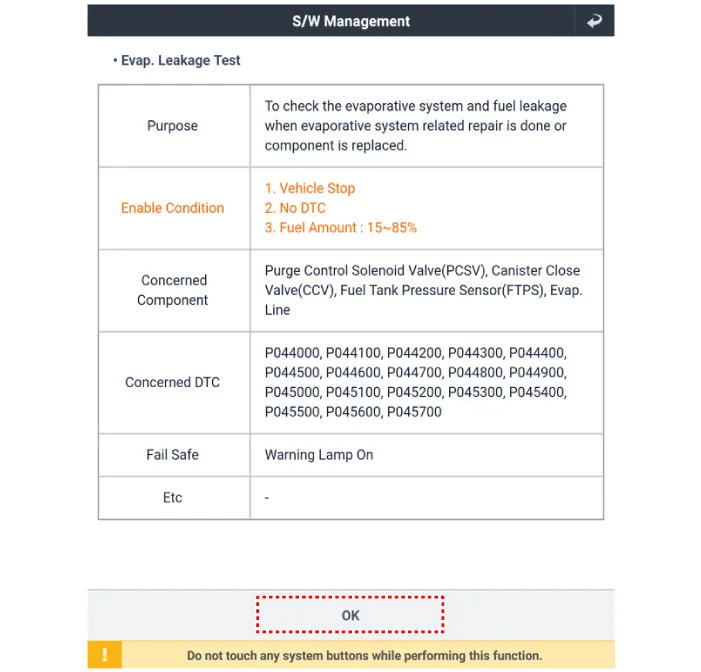
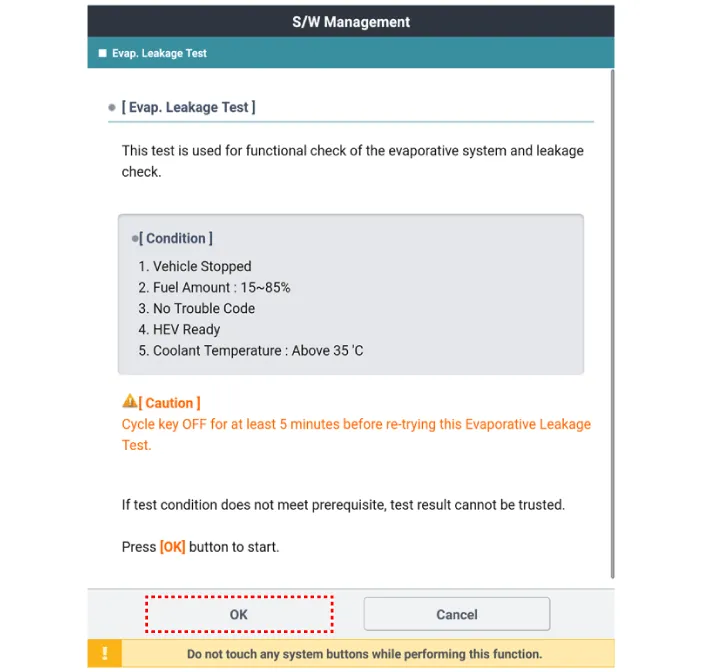
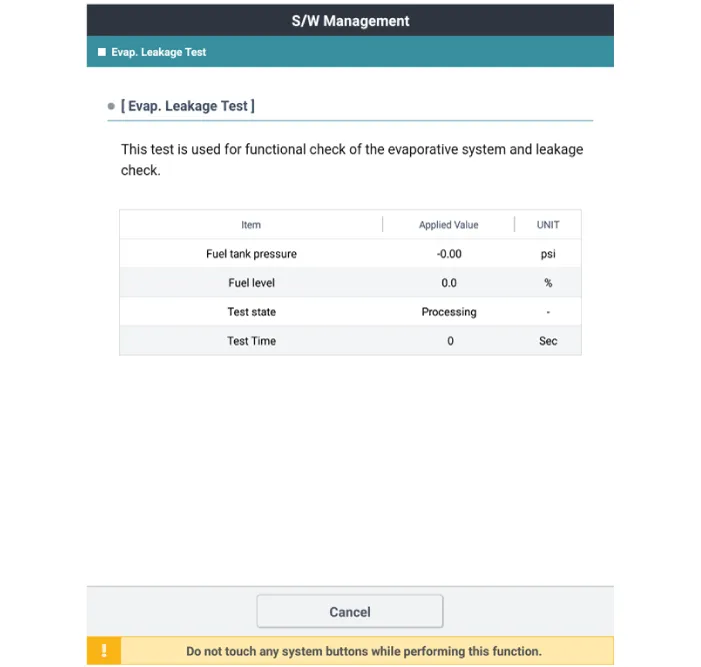
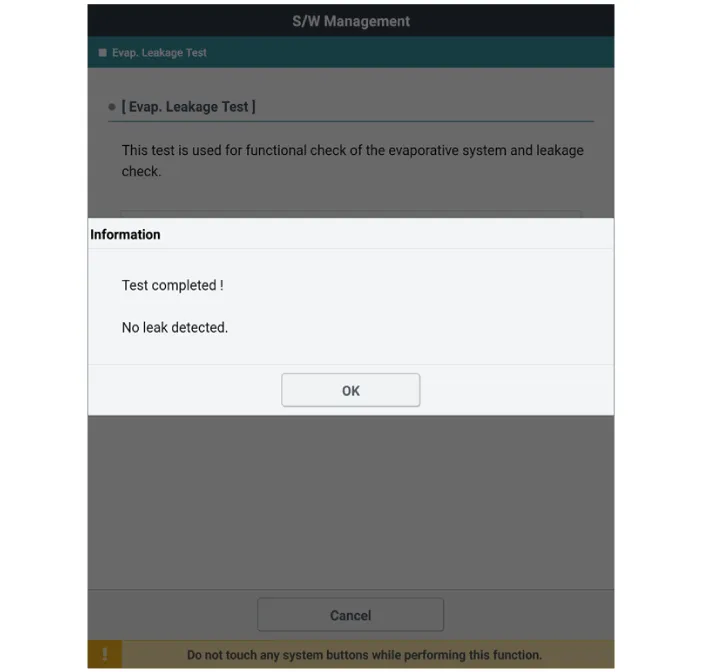
Canister
1.Turn the ignition switch OFF and disconnect the battery negative (-) cable.
2.Lift the vehicle.
3.Disconnect the canister close velve extension connector (A).
4. Remove the canister protector (B).
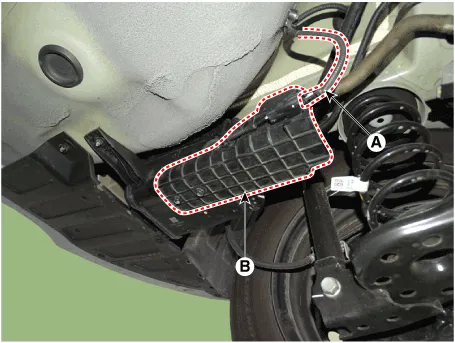
5.Disconnect the canister close velve connector (A).
6.Remove the ventilation hose (B).
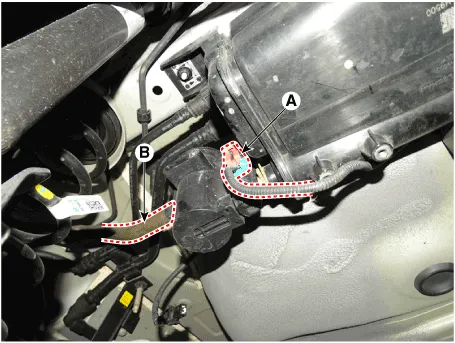
7.Remove the air filter (A).
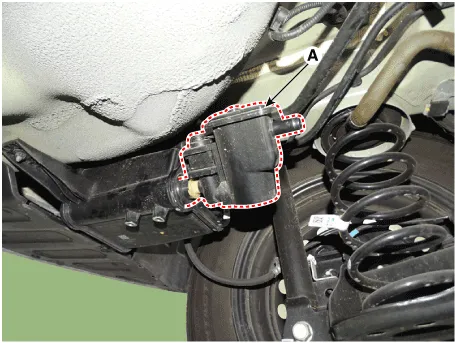
8.Disconnect the vapor hose quick-connector (A).

9.Remove the canister assembly (A) after loosening the bolt and nut.
Canister installation bolt :19.6 - 29.4 N.m (2.0 - 3.0 kgf.m, 14.5 - 21.7 lb-ft)
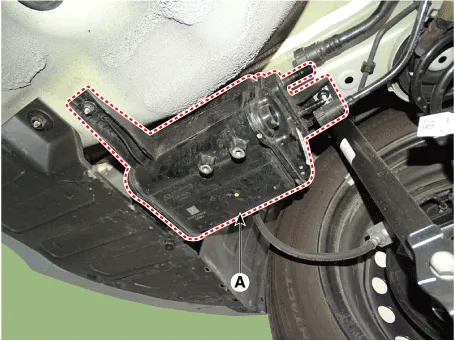
1.Check for the following items visually.
– Cracks or leakage of the canister
– Loose connection, distortion, or damage of the vapor hose/ tube

1.Install in the reverse order of removal.
Fuel Filler Cap

1. Cover
2. Torsion spring
3. Retainer
4. Gasket seal
5. Spring
6. Plate seal
7. Vacuum valve
8. Spring
Fuel Tank Air Filter
1.Turn the ignition switch OFF and disconnect the battery negative (-) cable.
2.Lift the vehicle.
3.Disconnect the canister close velve extension connector (A).
4. Remove the canister protector (B).
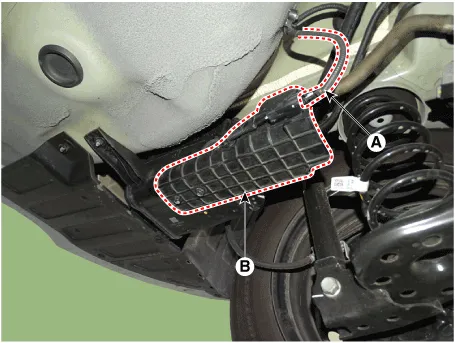
5.Disconnect the canister close velve connector (A).
6.Remove the ventilation hose (B).
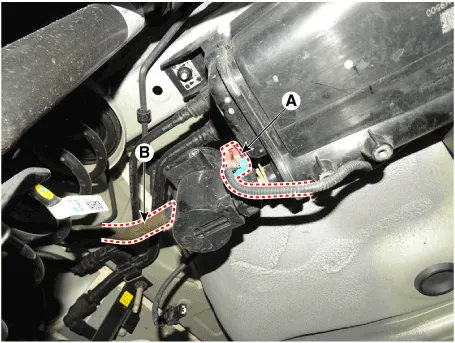
7.Remove the air filter (A).
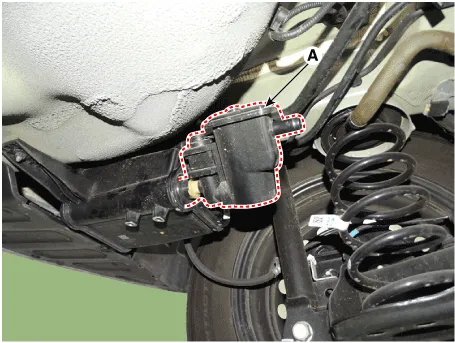
8.Release the lever (A), and then separate the canister close valve (B) from the fuel tank air filter after rotating it in the direction of the arrow in the figure.
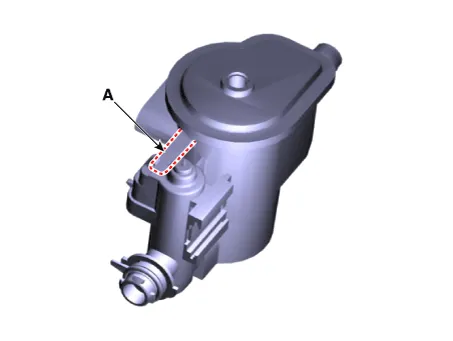
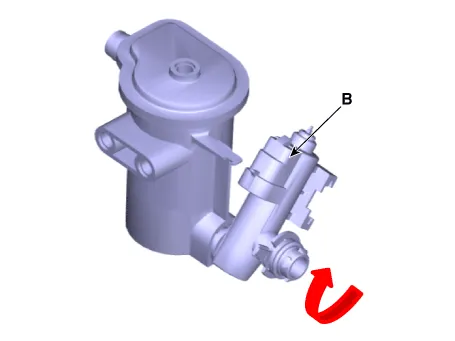
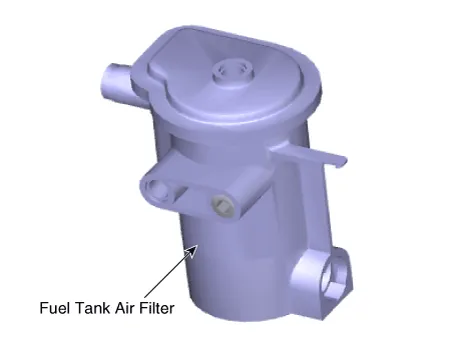
Other information:
Hyundai Accent (HC) (2017 - 2022) Service Manual: General Safety Information and Caution
- Instructions • The R-1234yf liquid refrigerant is flammable gas. The gas reduces oxygen available for breathing and causes asphyxiation in high concentrations. The victim will not realize that he/she is suffocating. • Inhalation may cause central nervous system effects and may cause drowsiness and dizziness. • Ingestion may cause gastrointestinal discomfort.Hyundai Accent (HC) (2017 - 2022) Service Manual: Cylinder Head
- Removal • Use Fender cover to avoid damaging painted surfaces. • To avoid damaging the cylinder head, wait until the engine coolant temperature drops below normal temperature before removing it. • When handling a metal gasket, take care not to fold the gasket or damage the contact surface of the gasket. • To avoid damage, unplug the wiring connectors carefully while holding the connector portion.
Contents
Categories
- Manuals Home
- Hyundai Accent Owners Manual
- Hyundai Accent Service Manual
- Questions & Answers
- Video Guides
- Useful Resources
- New on site
- Most important about car
- Privacy Policy
0.0058


